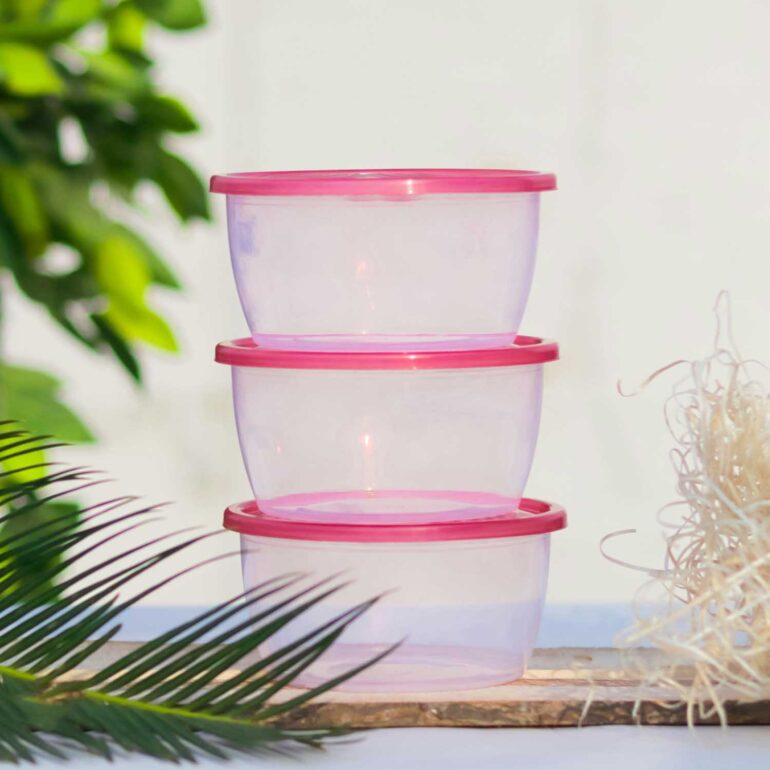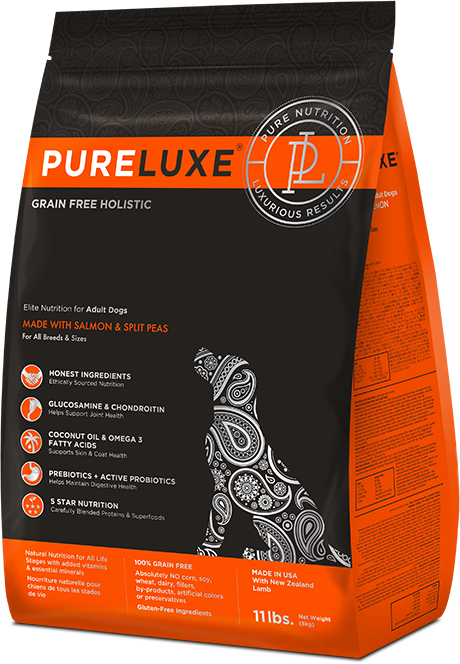Ensuring your pet's food remains fresh and nutritious is essential for
Ensuring your pet’s food remains fresh and nutritious is essential for their overall health and well-being. Proper storage can help prevent spoilage, maintain flavor, and protect against harmful bacteria. Here are some effective long-lasting storage options for pet food:
- Airtight Containers:
- Benefits: Keeps food fresh, prevents moisture and pests from entering, and helps maintain flavor.
- Types: Metal containers, plastic bins, or glass jars are suitable options.
- Tips: Choose containers that are large enough to hold the entire bag of food without leaving excessive empty space. Label the container with the date of opening for easy reference.
- Vacuum Sealers:
- Benefits: Removes oxygen from the packaging, significantly extending the shelf life of pet food.
- Types: Handheld or electric vacuum sealers are available.
- Tips: Use food-grade vacuum bags specifically designed for pet food. Ensure the seal is tight to prevent air from entering.
- Refrigerator Storage:
- Benefits: Ideal for open bags of food that won’t be consumed within a few days.
- Tips: Store food in a sealed container or bag to prevent moisture and odors from affecting the food. Avoid refrigerating dry kibble unless recommended by the manufacturer.
- Freezer Storage:
- Benefits: Excellent for long-term storage of unopened bags of food or homemade meals.
- Tips: Place food in a freezer-safe container or bag. Label the container with the date and contents. Allow food to thaw completely before serving.
- Cool, Dry Place:
- Benefits: Suitable for unopened bags of dry kibble stored in a pantry or cupboard.
- Tips: Avoid storing food near heat sources or areas with high humidity.
Additional Tips:
- Rotate Stock: Keep a rotation system for your pet food to ensure you’re using the oldest bags first.
- Check Expiration Dates: Regularly check the expiration date on the pet food packaging.
- Avoid Overfeeding: Store food in appropriate quantities to prevent spoilage.
- Clean Containers: Regularly clean and dry storage containers to prevent contamination.
By following these guidelines and choosing the appropriate storage method for your pet’s food, you can help maintain its freshness, quality, and nutritional value, ensuring your furry friend receives the best possible nourishment.




















